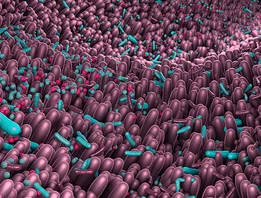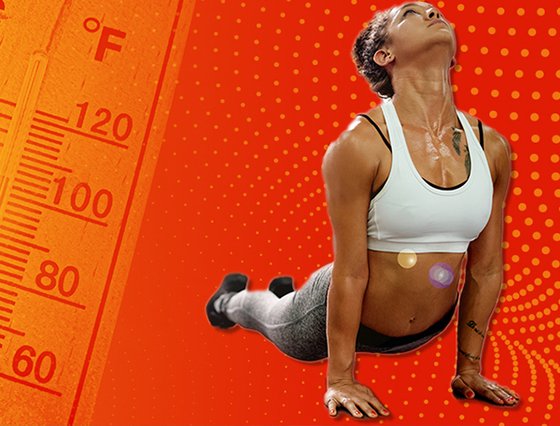


Outcomes Research
Chemotherapy Gets an Infusion of Nature
Chemotherapy Gets an Infusion of Nature
A pilot study investigated the effects of a biophilic Green Therapy or Virtual Reality environment on the pain and distress of oncology patients during chemotherapy.
A pilot study investigated the effects of a biophilic Green Therapy or Virtual Reality environment on the pain and distress of oncology patients during chemotherapy.

Accumulating evidence indicates that exposure to nature provides mental and physical health benefits. From increased empathy to decreased pain, psychological and biomedical research data are building a robust case for tapping into the healing power of nature.

Oncology patients are impacted by many worries during chemotherapy infusions including anxiety, travel to appointments, treatment side effects, distress and pain.
50%
70%
In fact, 50–70% of oncology patients experience uncontrolled pain and fear pain over death.
Houston Methodist physicians proactively address pain and distress in oncology patients and continually look for safe and effective complementary tools to improve patient experiences and outcomes during cancer treatment.
In a recent pilot study, Houston Methodist researchers in the Center for Health and Nature investigated whether a biophilic Green Therapy (GT) or Virtual Reality (VR) environment decreased the pain and distress of oncology patients during chemotherapy infusion.
The VR room was a private room in which patients utilized the Oculus Quest Head Mounted Display (HMD) and its Nature Treks software. The VR HMD is a stand-alone device with head-tracking and a separate hand controller to allow interaction with the virtual environment. Patients wore the headset for 5-to-15-min intervals, choosing any of 9 different interactive nature environments. In the private GT room, patients were positioned to face a large wall of windows overlooking a rooftop garden and scenic mural. The control room was a private standard treatment room with no windows, equipped with standard infusion equipment and a television. Data collection: vital signs, saliva cortisol, pain and distress assessments, were done before and after infusion.
The study was a case-crossover design, which means each case served as his/her own control and included 33 first-cycle oncology patients (breast, gynecologic, gastrointestinal, pancreatic and prostate cancers) receiving intravenous chemotherapy. While patient heart rate, blood pressure, and self-reported distress levels were reduced after each biophilic intervention, these preliminary results were not statistically significant between the three rooms. However, more patients reported the experience as “enjoyable” when in the GT or VR room compared to in the control room.
Singh, P. & Chaturvedi, A. Complementary and alternative medicine in cancer pain management: A systematic review. Indian J. Palliat. Care. 2015; 21(1): 105–115.
Mayer, F. S., Frantz, C. M., Bruehlman-Senecal, E., & Dolliver, K. Why Is Nature Beneficial?: The Role of Connectedness to Nature. Environment and Behavior. 2009; 41(5): 607–643.
White M.P., Yeo N.L., Vassiljev P., et al. A prescription for "nature" - the potential of using virtual nature in therapeutics. Neuropsychiatr Dis Treat. 2018; 2018(14): 3001—3013.
White, M.P., Alcock, I., Grellier, J. et al. Spending at least 120 minutes a week in nature is associated with good health and wellbeing. Sci Rep. 2019; 9: 7730.
Heather Lander, PhD
June 2023
Related Articles







